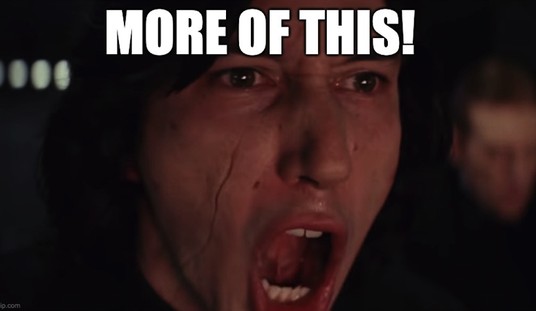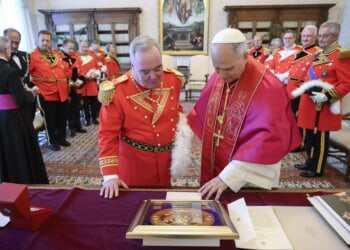“This bill is the fulfillment and implementation of @POTUS’ agenda,” Senate Majority Leader John Thune (R-South Dakota) tweets. “Failure is not an option.”
This bill is the fulfillment and implementation of @POTUS‘ agenda.
Failure is not an option. pic.twitter.com/UzUMNf60Io
— Leader John Thune (@LeaderJohnThune) June 29, 2025
Tax cuts promote growth. A growing economy heals itself.
Inflation remains a national economic problem. One measure of inflation is the Consumer Price Index published by the Bureau of Labor Statistics. The May 2025 CPI records a 2.4 percent increase in the overall price of goods and services over a 12-month period beginning in May 2024. According to that statistic, on balance, goods and services are 2.4 percent more expensive than they were a year ago. Meanwhile, the Federal Reserve, which lists “stable prices” as part of its dual mandate, maintains 2 percent as its “longer-run objective” for inflation. The May CPI reads above 2 percent. In fact, not a single CPI recording since the one published in February of 2021 reads below 2 percent. Very few of them come close, only 13 of those 50 monthly recordings within one percentage point, 3 percent or lower, of 2 percent. That tells the story of an inflation problem, something that requires an economic healing solution.
Democrats held majorities in both chambers of Congress for two years, from January of 2021 to January of 2023, and continued holding a majority in the U.S. Senate until January of 2025. All that while, a Democrat occupied the White House, former President Joe Biden. They made their approach to controlling inflation clear, to spend, to tax, and to regulate. Such legislation as the counterintuitively entitled “Inflation Reduction Act of 2022” defines how Democrats go after inflation.
Government spending inserts more non-private sector dollars into the economy. One definition of inflation is too much money chasing too few goods and services. Be that the case, injecting more dollars from the government into the economy seems counterintuitive. More government spending grows nothing and possibly overwhelms any opportunity for private sector growth.
Higher taxes reduce the amount of private sector capital flowing throughout the economy. This applies to individuals, families, and businesses. People have less money to spend when a higher tax rate reduces their take-home pay. Businesses cannot hire when high taxes restrict the amount they can allocate toward compensating employees. Items for sale cost more when manufacturing, production, and distribution costs are higher due to increased tax rates. The results trickle down and permeate nearly every aspect of the economy.
Burdensome regulations restrict economic activity within an economy. If a business cannot hire or produce because of regulations, that impacts the overall economy. If a business has to set aside money, manpower and brainpower, along with other resources to comply with regulations, that severely hampers free enterprise and, again, ripples out to a wider economic impact.
The key rests in reducing government involvement. It goes against the nature of being part of something to want to reduce its power and ability, though reducing government intervention does not automatically equal reducing its influence. Higher profits mean higher tax revenues. A growing economy should beget a thriving United States of America, bolstering the nation, including its government. Sometimes something must be stepped back before it can be stepped forward. So it is with government intervention in the economy. Let the private sector work itself through and out of this prolonged period of high inflation.
Update:
Leader Thune tweets, “The goals of this bill are a safer, stronger, and more prosperous America.”
The goals of this bill are a safer, stronger, and more prosperous America. pic.twitter.com/0ewiinl7NE
— Leader John Thune (@LeaderJohnThune) June 29, 2025
Sen. Thune continues, “This is what Democrats are “fighting” for – a $4 trillion tax increase for the American people.”
This is what Democrats are “fighting” for – a $4 trillion tax increase for the American people. pic.twitter.com/xNA5WHJKqZ
— Leader John Thune (@LeaderJohnThune) June 29, 2025
Editor’s Note: Two tweets by Senate Majority Leader John Thune (R-South Dakota) and context have been added to the bottom of this post.





![Man Arrested After Screaming at Senators During Big Beautiful Bill Debate [WATCH]](https://www.right2024.com/wp-content/uploads/2025/06/Man-Arrested-After-Screaming-at-Senators-During-Big-Beautiful-Bill-350x250.jpg)












